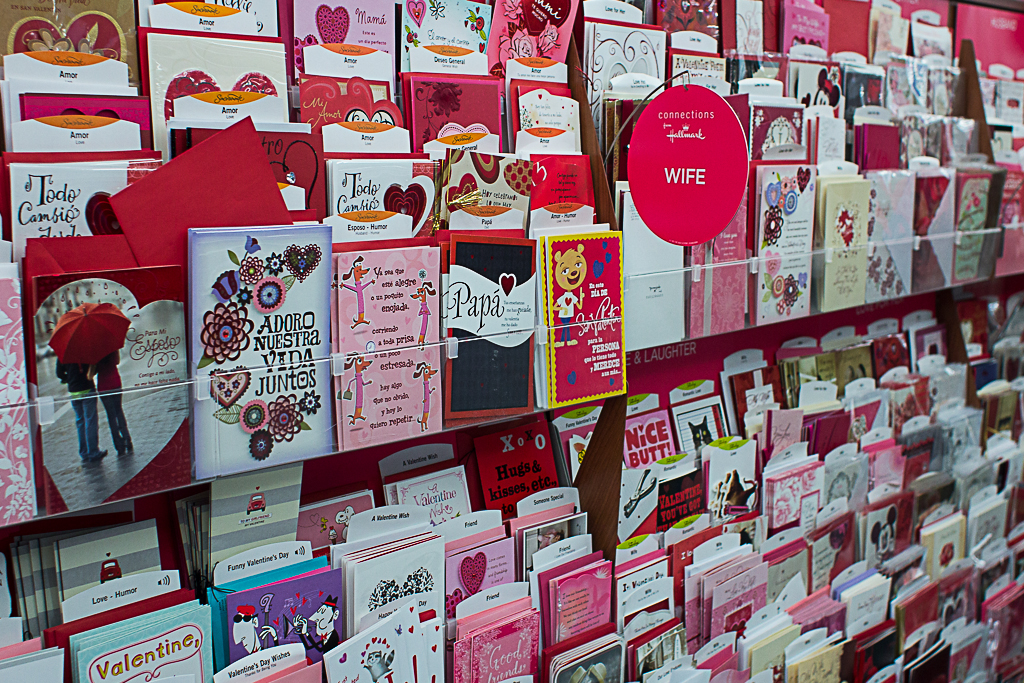
The typical lovestruck shopper is expected to spend an average of $130 this Valentine’s Day, according to the National Retail Federation.
Altogether, the holiday is expected to rake in $18.6 billion.
At Biola, students are expecting to spend amounts spanning a wide range. Valentine’s Day gifts hit on various concerns — from finding the perfect gift to wading through marketing.
Sue Russell, chair of Biola’s anthropology department, explained the significance of Valentine’s Day in the lives of romantic couples.
ROMANTICIZED LOVE IN WESTERN CULTURE
However, the chance of miscommunication can turn the cheerful holiday into risky business, especially for singles, as even a friendly gift is given romantic attachment just because of the date, Russell said.
“There’s often a miscommunication between what the giver intends by the gift and how the receiver interprets the gift,” Russell said.
Trevor Ransom, a junior computer science major, said that there can be different motives in gift-giving.
“One person might be wanting to get favors out of gift-giving, but another person might just be selfless and giving because they really love the person,” Ransom said.
USE OF EMOTIONAL MARKETING
Retailers rely heavily on emotional marketing for Valentine’s Day, said Laureen Mgrdichian, a marketing professor. They will use the promise of love and the fear of guilt to make consumers feel obligated to buy for their loved ones and those they appreciate, Mgrdichian said.
“The closer the day gets, the more desperate people will be about getting that perfect gift,” said Mgrdichian, explaining how a large sum can be spent for this holiday as people pay whatever price for a gift they feel needs to be given.
“YOU CAN’T PUT A PRICE ON LOVE, BUT I PROBABLY WON’T SPEND MORE THAN 10 BUCKS.”
While culture gives us a general sense of what gifts are appropriate, there may be a special understanding of value between individuals in a relationship, according to Heather Adams, a general cultural anthropology professor.
Gifts are most often used to build relationships, but they can turn into an opportunity for the giver to make themselves look good, which is known as conspicuous consumption, Adams said.
“There is a lot of pressure to overemphasize, ‘I love you this much,’ and it becomes a demonstration to the public instead of a personal thing,” Adams said.
Biola students have varying plans for Valentine’s Day, and some plan to spend much more than others.
“You can’t put a price on love, but I probably won’t spend more than 10 bucks,” said Brianna Ralston, a non-Biolan who was visiting journalism freshman Elizabeth Kay. Ralston said she will give her friends quality chocolate and handmade cards.
Junior history major David Thomas will be celebrating four months of marriage this Valentine's Day. In addition to dinner and a movie, he will give his wife one gift for each month of marriage. While he plans to spend up to $150, he said his wife is worth much more.
“The fact that God gave so much without expecting much in return is really incredible for us,” Adams said. “We can’t see investing so much of ourselves — our time, money and resources — if we get nothing back, but that’s what God does.”







